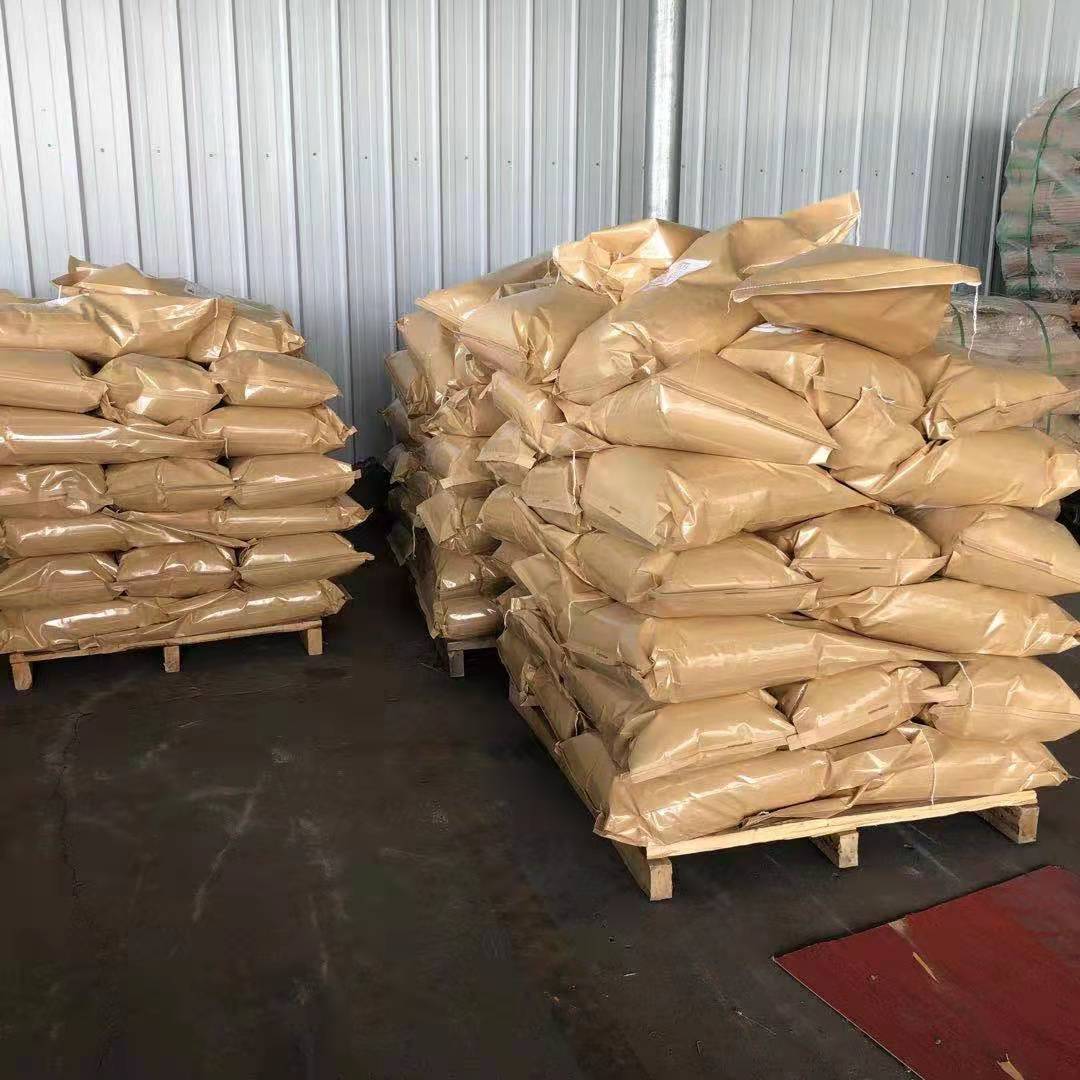What is organic matter?
Organic materials are the fraction of the soil that includes approximately by weight, according to USDA-NRCS, 2014:
- 5% of living organisms
- 10% crop residues
- 33-50% decomposingorganic matter(the active fraction)
- 33-50% stableorganic matter(humus)
The active fraction oforganic matterreadily changes mass and form as it decomposes; thus, it is unstable in the soil and is most affected by management practices such as tillage, cover crops, and crop rotations (Carter, 2002). The rapid turnover of the active fraction can contribute to nutrient release for crops.
Humus on the other hand, is organic material that has been converted by microorganisms to a resistant state of decomposition. Humus improves soil fertility by acting as a reservoir for nutrients, increasing the water holding capacity of the soil, improving soil structure and friability, and providing a source of energy for living soil organisms.
The Benefits of Organic Materials
Increasing levels oforganic matterimprove the physical, chemical, and biological functions of the soil. The benefits oforganic matterare summarized into the following five functions:
1. Biological Function
There are many benefits toorganic matter, most of which begin with enhancing the biological diversity and activity in the soil. Asorganic matterincreases, microbial activity tends to increase. Organic matter consists of 58% carbon, which is required in combination with other nutrients for microbial activity. Microorganisms excrete compounds that also act as a binding agent for soil particles, which can increase aggregate stability, water infiltration, and water holding capacity.
2. Nutrient Supply
Organic matter is a valuable nutrient source for plants and living organisms. As microorganisms increase their activity during warmer weather that occurs predominantly in the spring and summer, greater amounts of nutrients are cycled from organic forms into those that are inorganic and plant available.
For every % oforganic matterin the top 6-inches of a medium-textured soil (silt and loam soils), approximately 10-20 lbs. of nitrogen, 1-2 lbs. of phosphorus, and 0.4-0.8 lbs. of sulfur are released per acre annually (USDA-NRCS, 2014). In addition,organic matterparticles contain sites of negative charges (i.e., cation exchange capacity [CEC]) that attract and hold positively charged ions such as calcium, potassium, magnesium and ammonium-nitrogen.
3. Soil Structure
Organic matter causes soil particles to bind and form stable soil aggregates, which improves soil structure. With better soil structure, water infiltration through the soil increases and improves the soil’s ability to absorb and hold water as well as reduces the potential for surface crusting of the soil.
Humic Acid Potassium Humate Black Shiny Flakes Or Powder
4. Water Holding Capacity
Soils with higherorganic mattercan infiltrate and store water at greater capacities. Organic matter behaves similar to a sponge, with the ability to absorb and hold up to 90 percent of its weight in water. A great advantage of the water-holding capacity oforganic matteris that it will release most of the water that it absorbs.
Figure 2 shows the increase in plant available water with higherorganic mattercontent across three different soils. Increasingorganic matter1% in the topsoil decreases the bulk density and increases the available water capacity by approximately 0.2-0.3 inches, which can be extremely valuable to help plants manage water through periods of moisture deficits.





